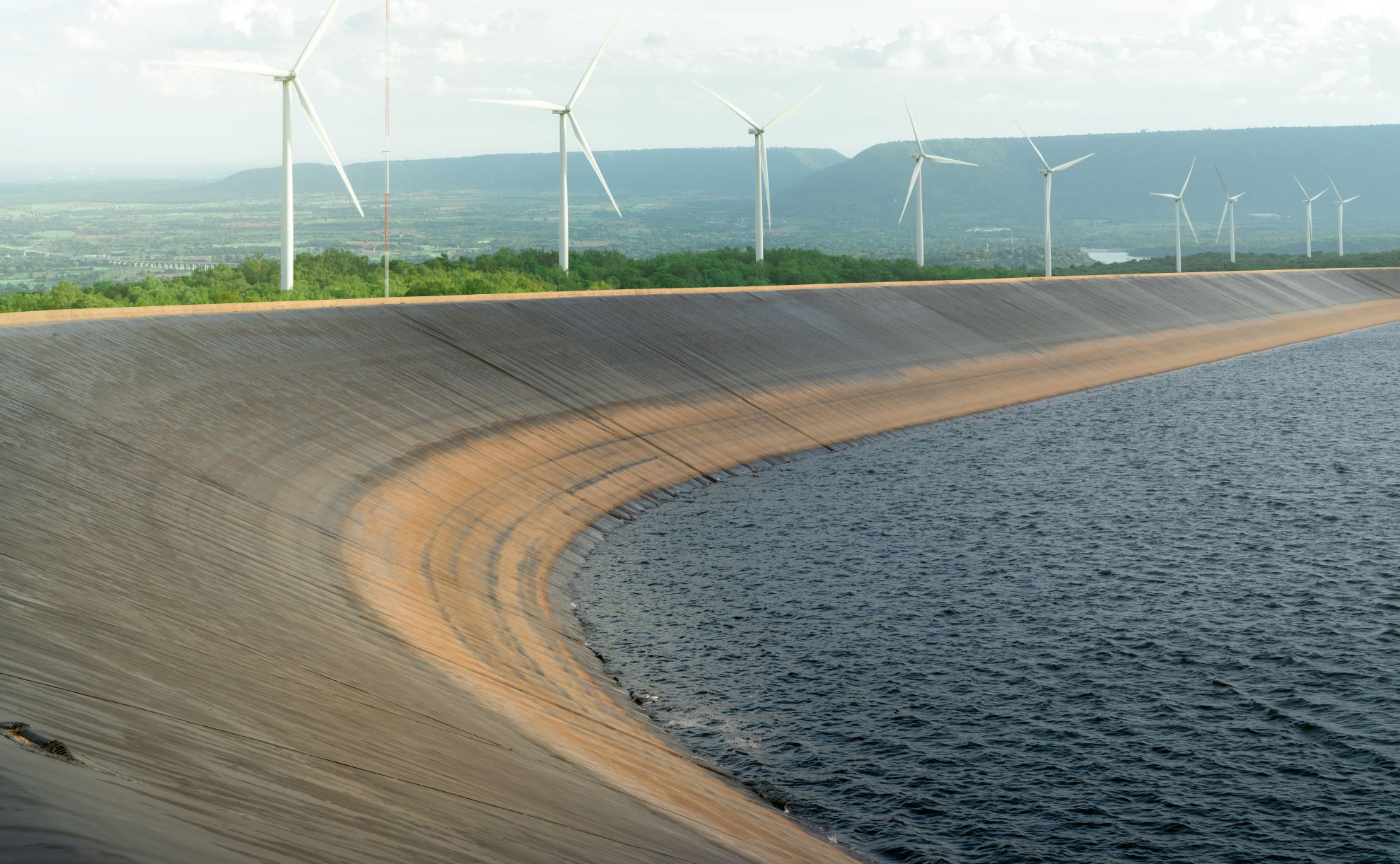
Constructing ponds or dams can be an essential part of managing your property, be it for agricultural, commercial, or residential usage. These man-made water features play a crucial role in water resource management, irrigation, or even landscaping. However, their effectiveness, longevity, and environmental impact are heavily influenced by the proper installation and maintenance of pond and dam liners.
Discover how we can help you install, maintain, and ensure the effective performance of your pond and dam liners with this comprehensive guide tailored to serve your unique needs. Understand the importance of selecting the right liner material, from robust reinforced PVC liners to durable HDPE options, and how professional installation assistance can ensure watertight seals and superior performance.
Delve into the benefits of pond and dam liners, from effective water containment and leak prevention to structural reinforcement and enhanced water quality, while exploring recommendations for proper liner maintenance, ensuring a long-lasting and eco-friendly water storage solution.
Choosing the Right Liner Material for Your Pond or Dam
Selecting the appropriate liner material is a crucial initial step in constructing a pond or dam, as it directly impacts the performance, longevity, and environmental footprint of your water containment project. Some common liner materials include:
1. Reinforced PVC Liners: These durable and flexible liners offer excellent puncture resistance and adaptability. Reinforced PVC liners are widely used for their ease of installation and cost-effectiveness, making them an attractive choice for many pond and dam projects.
2. High-Density Polyethylene (HDPE) Liners: HDPE liners boast superior chemical resistance, UV protection, and a high resistance to punctures or tears. While they tend to be more rigid than PVC liners, their durability and longevity make them a popular choice for more demanding applications.
3. EPDM Liners: Ethylene Propylene Diene Monomer (EPDM) liners are flexible and have a high resistance to UV radiation and extreme temperatures. These liners are particularly favoured for use in decorative ponds or water features.
Benefits of Installing Pond and Dam Liners
Pond and dam liners offer a range of advantages that help ensure the effectiveness, efficiency, and eco-friendliness of your water containment endeavours:
1. Effective Water Containment and Leak Prevention: Liners act as a barrier to prevent water seepage into the surrounding soil, ensuring consistent water levels and reducing the risk of erosion or groundwater contamination.
2. Structural Reinforcement: Pond and dam liners can provide additional support to the walls and base of your water feature, increasing structural integrity and reducing the potential for collapse or damage over time.
3. Enhanced Water Quality: Liners help prevent water contamination from soil-borne minerals, chemicals, or organic materials. This protection ensures better water quality and reduces the risk of algae blooms or unpleasant odours from decomposition.
4. Eco-friendly Solution: Installing pond and dam liners can reduce water waste and the subsequent need for frequent refilling, contributing to a more sustainable use of water resources.
Pond and Dam Liner Installation Best Practices
Proper installation is essential to ensure the performance, durability, and effectiveness of your pond or dam liner. Follow these best practices when installing your liner:
1. Site Preparation: Begin by removing any rocks, roots, or debris that could damage the liner. Ensure the ground surface is smooth, compacted, and free from sharp objects.
2. Underlayment Installation: Place a protective underlayment on the prepared surface to provide additional cushioning and protection against punctures. Suitable materials include geotextile fabric or older carpets.
3. Liner Deployment: Carefully unroll the liner over the underlayment, ensuring it is centred and covers the entire pond or dam area. Take the time to position the liner correctly, removing any wrinkles or folds by gently pulling the material into position.
4. Anchor Trench: To secure the liner, dig an anchor trench at the pond or dam’s perimeter and bury the liner edge. This step helps prevent the liner from shifting or being damaged by wind or animals.
5. Filling and Adjustments: As your pond or dam begins to fill with water, monitor the liner to make any necessary adjustments, ensuring a tight and secure fit.
Pond and Dam Liner Maintenance and Care
Once your liner is installed, it’s essential to undertake periodic maintenance to protect your investment and ensure optimal performance:
1. Inspect the Liner: Regularly check your pond or dam liner for signs of damage, such as tears, punctures, or excessive wear. Catching and addressing issues early can prevent extensive damage and expensive repairs.
2. Maintain Water Levels: Monitor and maintain consistent water levels to prevent excessive stress on the liner due to fluctuations.
3. Control Vegetation Growth: Keep the surrounding area clear of overgrown vegetation to reduce the risk of liner damage from roots or fallen branches. Be cautious when trimming plants or mowing near the pond or dam to avoid accidentally cutting or puncturing the liner.
Conclusion
Installing and maintaining a high-quality pond or dam liner is essential to any successful water containment project. By choosing the right liner material, adhering to installation best practices, and regularly maintaining your liner, you can ensure the longevity and performance of your pond or dam while minimising the environmental impact.
Reach out to the expert team at ATM Tanks to explore our collection of pond and dam liner solutions and begin your journey toward responsible, efficient, and appealing water containment. Let our professionals guide you through the installation and care, as well as the tank maintenance process, ensuring your investment lasts for years to come. Contact us today to discuss your specific pond or dam liner requirements and unlock the benefits of expert liner solutions.
- Choosing the Best Tank Liners for Longevity - December 7, 2025
- Pro Solutions for Effective Industrial Tank Cleaning - December 7, 2025
- What to Do When Your Tank’s Waterproofing Fails - December 7, 2025






